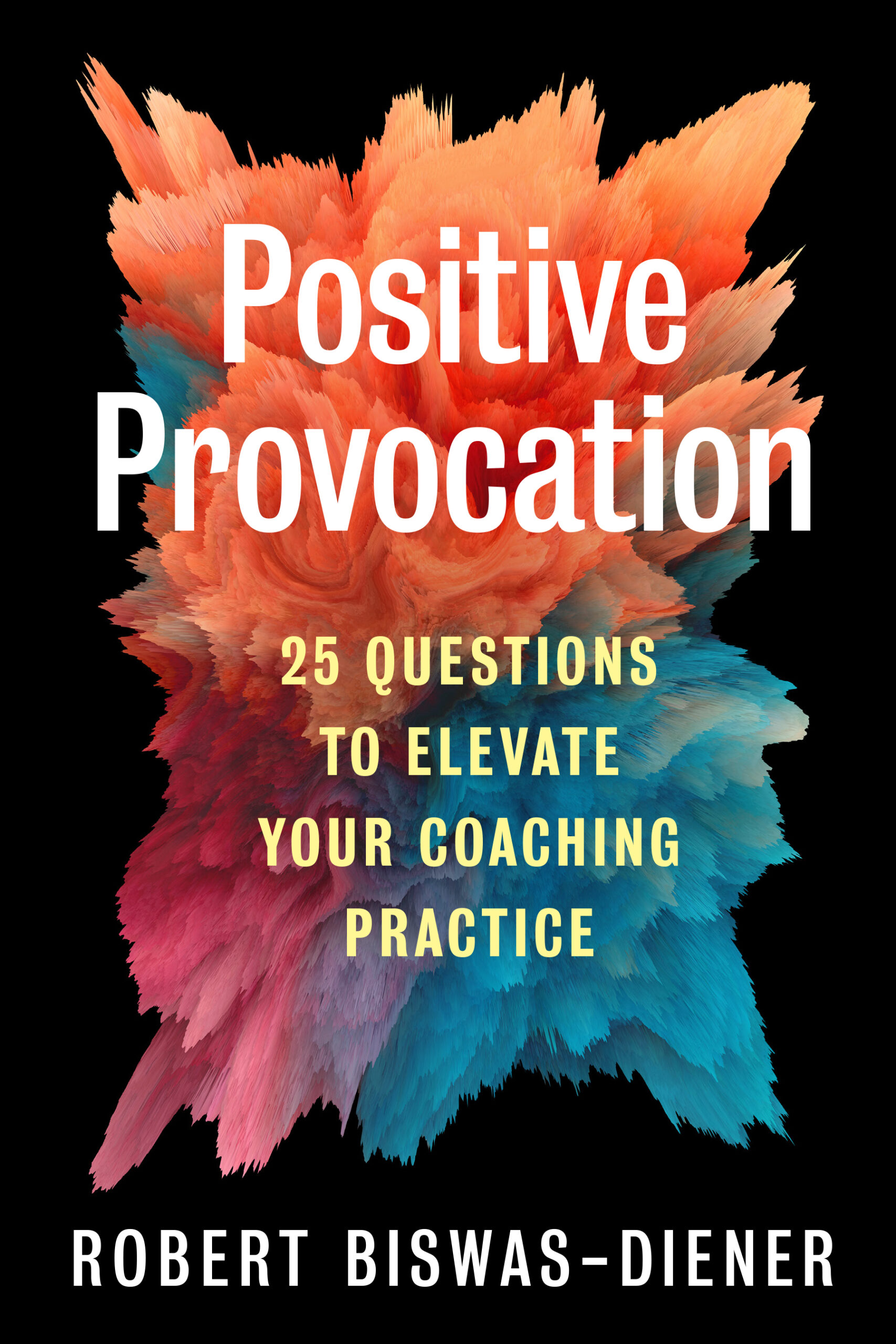3 things to know about defensive pessimists
By Dr. Robert Biswas-Diener

It turns out that defensive pessimism is effective and that we misunderstand this special group of people.
There are two types of people in the world: those who like to be categorized and those who don’t. The latter group tends to think of labels as “pigeon-holing,” They buck against the lack of nuance that comes with broad categories. These critiques are valid, and it is smart to be aware of the potential drawbacks of placing people in boxes. It is the natural tendency to categorize, for instance, that leads to stereotypical statements such as “all women are x” or “people who wear glasses are y.” On the other hand, categories come with some benefits, and it is these that tend to appeal to the first group of folks.
Robins and chairs
Before we get to the specific category at the heart of this article—defensive pessimism—let’s linger here a bit and discuss categorization. Categories are just collections of things that are similar in some way. It is the recognition of similarity that helps survival and is especially useful for the complicated social world. Think about it: this weekend, you are going to attend an event that falls into the category of “weddings.” Knowing that it is a wedding helps you understand what to expect. You know you won’t have to pack a lunch; you know that a gift is likely expected; you know it could run late. Even though each wedding is unique, there are general traditions and common rituals that help you understand what to expect and how to behave.
Psychologists who study the mental habit of categorization point to an important distinguishing feature of this process: typicality. We are likely to classify things according to how typical they seem. A robin fits nicely into the category of “birds,” and a penguin seems less typical. A chair seems like a typical piece of furniture, and a hammock does not. At the heart of this is the idea of “type.” It turns out; personality typing is simply a list of typical features for a category. Extroverts, for example, are defined by being highly sensitive to rewards, talkative, and sociable. Knowing how typical an individual is of a category can help you understand them better and interact with them more effectively.
This brings us to pessimism.

"It's half empty!"
Let’s talk about pessimism. We all know people from the glass-is-half-empty crowd. They can appear contrarian, but mostly they seem negative. They don’t think that things could go wrong so much as they seem to be convinced that something will go wrong. There are two primary problems: first, because pessimists expect the worst, they are less likely to be motivated. Why invest resources in something that won’t work? Second, they can be challenging to be around. They are likely to shoot down your ideas and poke holes in your optimism even if they have legitimate points to make; it can be a bit of a downer.
The problem is that many of us confuse defensive pessimism with classic pessimism. That would be like confusing a chair for a hammock or a robin for a penguin! Sure, they are in the same category, but one is far less typical than the other. Like their conceptual cousins, defensive pessimists are likely to see dark things down the road. They are convinced—not wrongly—that problems and obstacles will arise to complicate even the best-laid plans. This is essentially where the similarities stop.
Defensive pessimists differ from classic pessimists in that they double down on effort instead of losing motivation. Sure, they are anxious about the possibility of problems, but they also plan for them. As a result, they tend to be more successful. In one study, for example, college students who leaned toward defensive pessimism had not only better academic performance than did classic pessimists, but they had higher grade point averages than did optimists who experienced worry about school!
Navigating defensive pessimism
Worry. It is, if anything, the defining feature of defensive pessimists. They thrum with anxiety. They know that problems will crop up. However, this buzz of worry is like fuel in their tank motivating them to plan, be vigilant, and double down on effort. In a way, they are halfway between pessimists and optimists. Like pessimists, they fret over all that could go wrong, but, like optimists, they think that– with planning and effort—things could work out well.
| Pessimists | Defensive Pessimists | Optimists |
|---|---|---|
| Anticipate a negative outcome | Anticipate problems and possible negative outcomes | Anticipate positive outcomes |
| Feel worried, discouraged, or apathetic | Feel worried | Feel excited |
| Lack of effort and motivation | High effort and motivation | High effort and motivation |
Credit: Robert Biswas-Diener
It turns out that worry is the key to understanding and interacting with defensive pessimists. This is precisely where most of us get it wrong. We treat defensive pessimists like they are classic pessimists. As a result, we encourage them. We say, “It’ll work out okay,” and “Don’t be like that; things will turn out well.” These well-intentioned encouragements tend to backfire. In the classic paper on the topic, researchers investigated the effects of encouragement on optimists and defensive pessimists. They discovered that optimists react well to cheerleading, but defensive pessimists do not. Remember, worry is their primary motivator. Telling them, “Don’t worry,” is a lot like saying, “Don’t be motivated”!
Knowing this about defensive pessimists can help you to understand and accept their natural work style (worry + effort). Quit trying to encourage them and, instead, start appreciating the benefits they bring to the table. They are particularly adept at spotting potential problems, and they are good at planning for them in advance. Let them.
In the end, here are the three things to know about defensive pessimists:
- They are not pessimists. They are a distinct type of person.
- They are successful. Their worry often translates into motivation.
- Don’t encourage them. It has the opposite of the desired effect.
Further reading: The Positive Power of Negative Thinking, by Julie Norem.

About the author
Dr. Robert Biswas-Diener
Dr. Robert Biswas-Diener is passionate about leaving the research laboratory and working in the field. His studies have taken him to such far-flung places as Greenland, India, Kenya, and Israel. He is a leading authority on strengths, culture, courage, and happiness and is known for his pioneering work in the application of positive psychology to coaching.
Robert has authored more than 70 peer-reviewed academic articles and chapters, two of which are “citation classics” (cited more than 1,000 times each). Dr. Biswas-Diener has authored seven books, including the 2007 PROSE Award winner, Happiness, the New York Times Best Seller, The Upside of Your Dark Side, and the 2023 book Positive Provocation.
Robert Biswas-Diener

Get updates and exclusive resources



